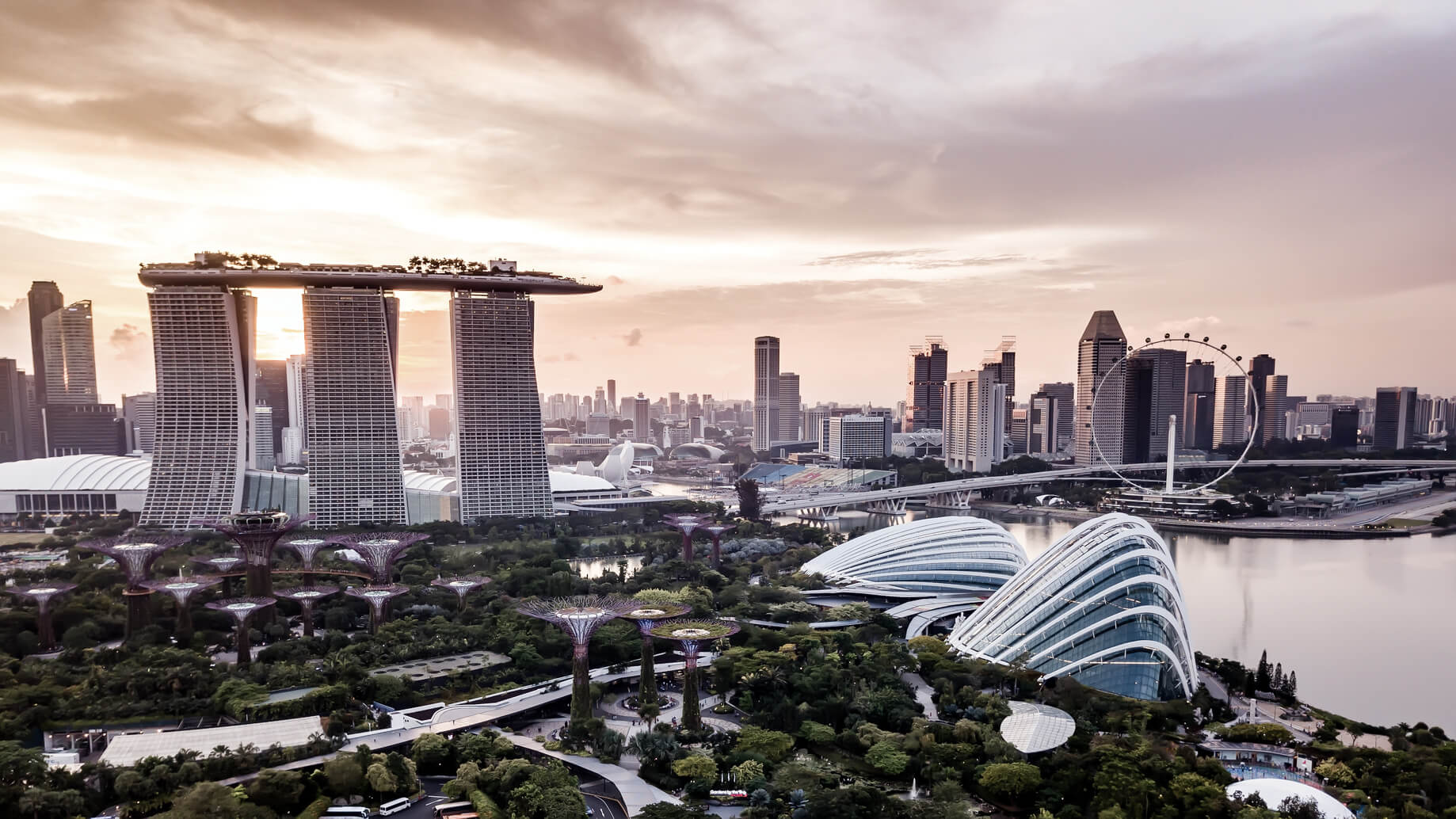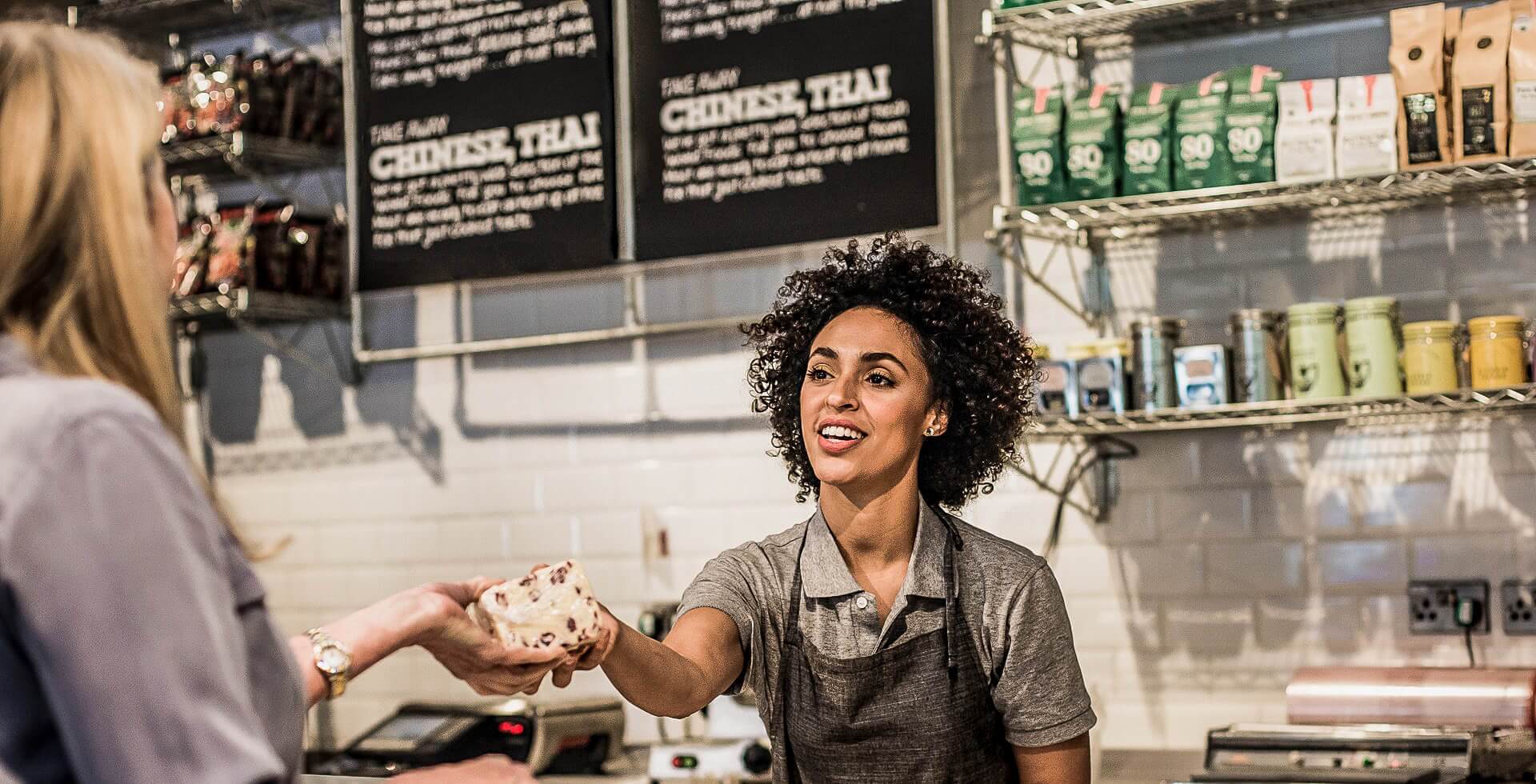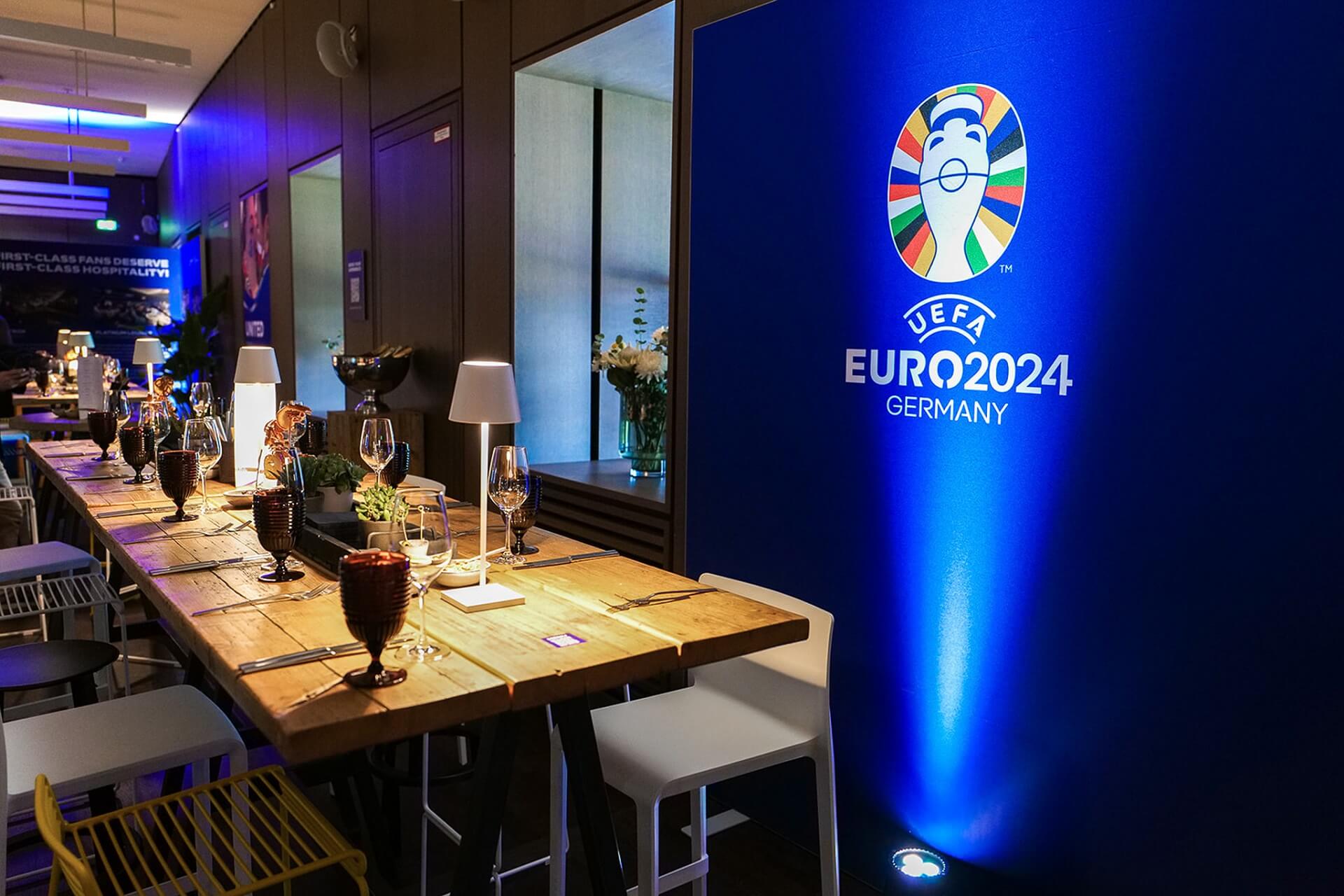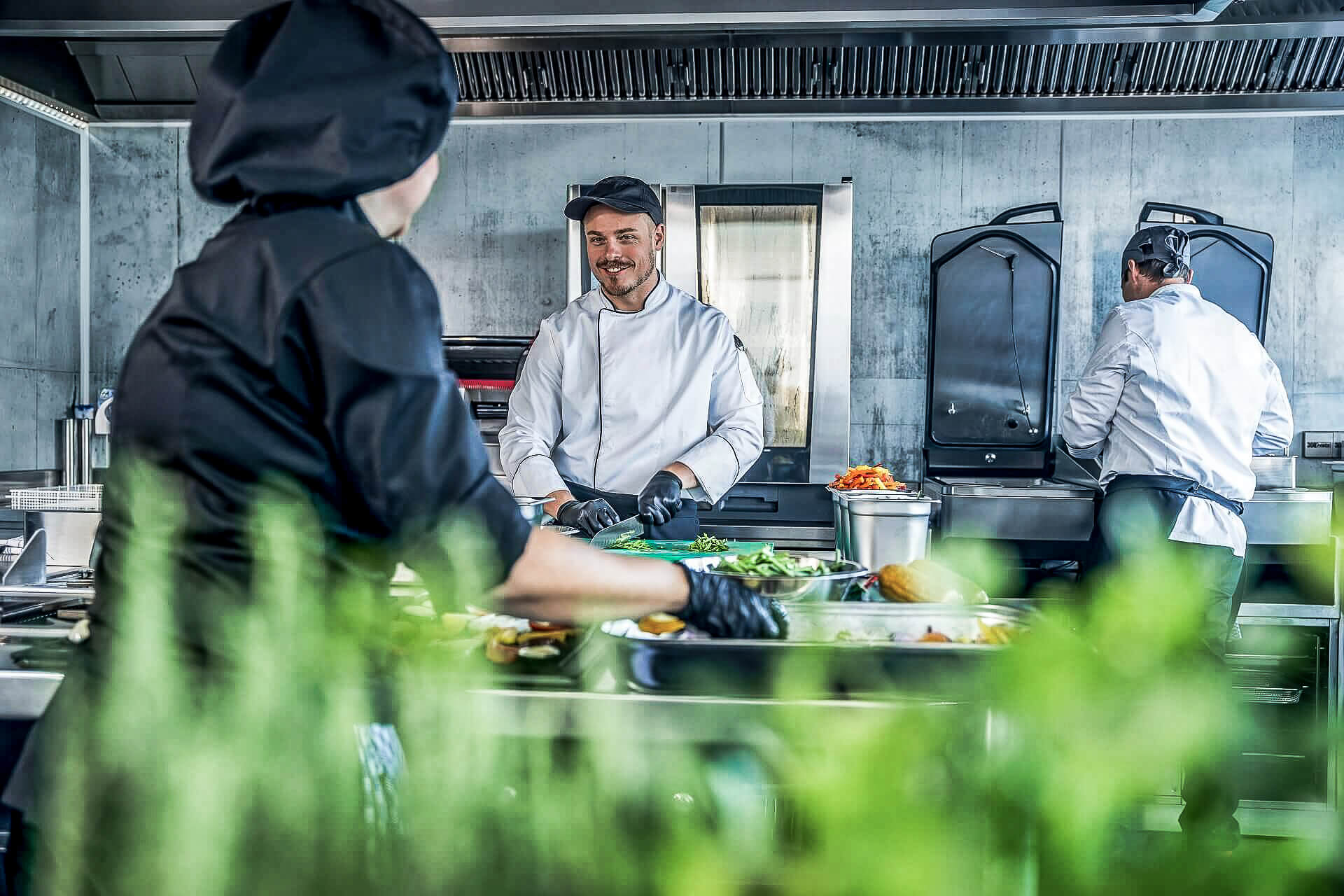Cultures, concepts, craftsmanship
Singapore is a city of superlatives. Besides having the fastest-walking pedestrians in the world, it is home to over 140 hotels and more than 11,000 restaurants, including the first street food stand in the world to receive a Michelin star. Read on to find out what to expect in Singapore, which restaurants you can’t miss, and a few things ex-pats will be particularly excited about.
It would be easy to spend several weeks in Singapore eating only at Michelin-starred restaurants and staying at five-star hotels. Of the island city’s 11,000-plus restaurants, 37 are Michelin-starred, including one with three stars and seven with two. Surprisingly, two starred chefs are street food hawkers: Hill Street Tai Hwa Pork Noodle and Hong Kong Soya Sauce Chicken Rice and Noodle have each received one star, making them the cheapest Michelin-starred meals available anywhere in the world (at about €1.30 per person).
But there’s a lot more to this metropolis’s cuisine than just stars, obviously. Singaporean cuisine often involves fish and seafood, in tribute to the many types of both that live nearby. Danny Lee’s Sin Huat Eating House is exemplary in this regard; with its plastic tables and chairs, it doesn’t exactly look like an elite restaurant, but the crab he serves there is the talk of the town. Singaporean food is about food, not about design or style, and people are wild for Danny Lee’s fish dishes.
Even that doesn’t quite do the Singaporean culinary scene justice, though, because the island is also a huge draw for anyone who wants to try out something extravagant or extraordinary and/or has already made a name for themselves on the gastronomy scene. Wolfgang Puck is doing it with steak, Joël Robinson with the town’s only three-star restaurant, Andre Chiang with his “octaphilosophy”… and let’s not forget the authentic street fare at Hill Street Tai Hwa Pork Noodles. With around 90 food outlets between them, the recently opened casino-resorts Marina Bay Sands and Resort World Sentosa are a little slice of culinary paradise somewhere between internationally famous chefs (Guy Savoy, Wolfgang Puck, Joël Robuchon) and national restaurants. Singapore is the perfect test market: plenty of tourists, lots of densely populated areas, many relatively well-off locals, and an open-minded foodie public.
Quick facts for new arrivals
Singapore as a city has a lot to offer outside of just restaurants, of course. First off, a little geography lesson: The entire area is about the size of Hamburg. It’s a little more heavily populated, though: with 5.6 million people in an area of around 275 square miles, Singapore is the most densely populated place in Southeast Asia. It’s a city-state on an island just south of Malaysia and north of Sumatra and the Riau Islands, both of which are part of Indonesia. It’s bordered on the west by the Strait of Malacca, one of the most heavily trafficked straits in the world. The Strait of Singapore is to the south. Since it’s surrounded by water, it’s no wonder that fish and seafood are beloved in Singaporean culture.
The city itself is divided into several districts. To the south of the main island is Sentosa Island, a smaller island that is a popular relaxation spot for tourists and locals alike. The metropolis’s original districts are probably more interesting to visitors than the five Community Development Council districts. Chinatown, another tourist hotspot, is to the south of the city center.
If you’re looking to apply for a job in Singapore, you’ll need to provide a CV, a cover letter, and references; the better your credentials, the easier it is to find work. Once you’ve secured a position, you can apply for a visa. You have several options in this regard, but the easiest is probably the two-year work visa. The only restriction is that you’ll need to be earning at least €1800 per month. Large chains will always help with visa applications, though, so ex-pats rarely run into difficulty.
People in Singapore are very hard workers. The local population is around 30 percent Buddhist, 18 percent Catholic, and 15 percent Muslim, with many other religions thrown into the mix—even the staunchest atheists can see that Singaporeans are great at multiculturalism and mutual respect. The city has its share of extremely wealthy residents, as well as a very large middle class and a working class that lives mostly outside the city limits. Ambition and diligence are the values that they all have in common, though being surrounded by other impoverished Asian nations means they are plagued by fear of loss, which outsiders sometimes interpret as stinginess or withdrawal. But the civic involvement of its residents are the only reason Singapore has developed as quickly as it has. The government is currently investing a great deal of money in technological achievements, such as full-coverage broadband. The fact that 100 percent of the population has access to clean water is impressive when one looks at neighboring countries.
However, it’s important to remember that Singapore is a strict nation as well. Chewing gum is allowed again, but it isn’t available for purchase in the country yet. Smoking is strictly regulated. In fact, pretty much everything fun has potential fines associated with it. Not small ones, either: tossing a small piece of litter can result in a €100 ticket; the fines for cans or newspapers can be several times higher. On the other hand—who’d have guessed?—the city is extremely clean.
Though more than twelve million tourists visit Singapore every year (even the laziest math student can work out that the tourism industry is flourishing), it’s one of the cleanest cities in Asia. Jobs on Sentosa Island are as plentiful as sand on the beach.
Where trends are born
Twelve million tourists, 5.6 million residents, and they all like to go out on the town— which makes Singapore a perfect jumping-off point for anyone trying to break into the Asian hospitality scene. The fact that everyone speaks English there is another big selling point. Many international chefs come to the island to test their gastronomic skills. The countless cafes, cute locales, tasty street-food stands, food festivals, and pop-up restaurants all add up to a level of variety that many European cities can only dream of. In short, Singapore has a little of everything. That also means, of course, that if it didn’t work in Singapore once before, it’s probably not going to work there again… so dreams can die there just as quickly as they can come true.
Career opportunities
Anything you can imagine. Absolutely anything is possible in Singapore. High-end restaurants, street-food vendors, starred hotels as far as the eye can see: just find a place to work, apply for a visa, and you’re all set!
Applying
Do you speak Chinese? For international chains and restaurants, applying in English is just fine, but you can also apply in Chinese if you really want to stand out.
Finding an apartment
Don’t forget to take off your shoes! The closer you want to live to District 10, the more you should expect to pay. Once you know where you want to live and what your budget is, you can contact an agent to help you find your new home.
Mentality
Hardworking people! Singaporeans are multi-cultural, ambitious, and diligent workers. Their strong work ethic is the force that has allowed the city to grow so rapidly. Fear of loss sometimes expresses itself in the form of penny-pinching.












